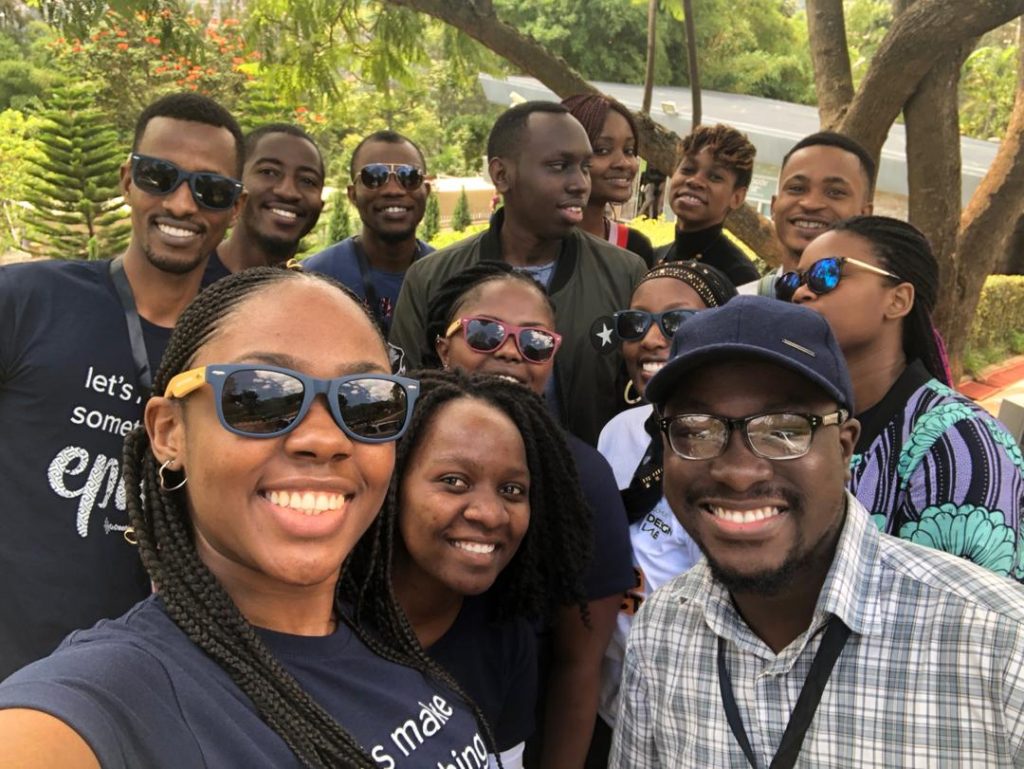Have you ever immersed your emotions in other people’s pain, happiness, grief or fear? Steep, right?
The brutal killing and violence that took place in April 1994 precisely 25 years ago, scarred the people of Rwanda were emotionally, psychologically and physically in unimaginable ways.

I’ll narrate my experience at the Kigali Genocide Memorial Centre – the 1994 Genocide of Rwanda.
My visit to Kigali Genocide Memorial places real faces to the victims of this genocide and even as I write this, I still have a vivid recollection of my experience. The Kigali Genocide Memorial said to have about 250,000 people buried at the site, is one of the memorial sites set up in Rwanda in memory of the victims of the macabre genocide.
I was heartbroken to see crushed skulls of 6-month old babies, smell and touch thick-bloodied skirts and shirts of victims; dismembered body parts torn apart through blunt blades and tools of destruction.
The Genocide of ’94 was a communal indifference on superiority fuelled by colonial masters to stir conflict, war and ultimately to gain full autonomy of Rwanda.
It was one of the most strategically planned mass killings in of Hutsi and Tutsis. These tribes were primed and stirred with stark-raving hatred, dishonesty and disunity amongst themselves.
The attack was strategically planned such that in about 20 minutes, a minimum of 1000 lives were destroyed. The horror lasted for 3 months with the death toll rising into millions.
It is, however, worthy to mention that mass media, religious institutions and the international community aided the destruction that befell Rwanda in ’94.
Who. Where. How
The theory of Human-Centred Design asserts that ‘Discovery and Understanding a problem context from the lenses of the affected solves the challenge by 50%’. Rwanda was able to understand that their indifference fuelled by external influences cost them the lives of their loved ones.
It is unimaginable the pain the survivors have to go through every time the memory of this terrible loss resurfaces. Some survivors are, till today, the sole survivors of their entire lineage.
Rwanda understood the root cause of their crisis and took drastic measures to ensure it never happens again. In present-day Rwanda, there no longer exists tribal classification; every Rwandese currently has no unique ethnic identification. The Memorial site depicts how communities now do not identify themselves along ethnic lines but only as Rwandese.
Rwanda continued building and designing initiatives, programmes and activities to bridge the already dilapidated gaps that existed between its people.
Using Human-Centred Design, Prototype and Co-creation stages, the Community programs, Treaties and Amnesty interventions were set up between survivors, victims and perpetrators of the Genocide.
This pain influenced the people of Rwanda to see beyond their differences, reconcile and take action to create a better community for themselves. The courageous resolve to have discussions in the Gacaca Court where survivors and the people that brutally killed their loved ones were gathered together to deliberate was a true portrait of embracing oneness in spite of the unthinkable event.
Through Creative Confidence and Optimism, the community embraced an unclear future and plan for better days.
A great lesson I learned from my visit is that even in failure, pain or setbacks, we should continue to be optimistic and unite to build things that matter.
The construction of Memorial site and implementation of various peace-allied activities as a means of peace and wound-closures for families and survivors will forever serve to inspire people from all paths of life to reconnect with what truly matters “Humanity” which is “Ubumuntu” in Kinyarwanda.

